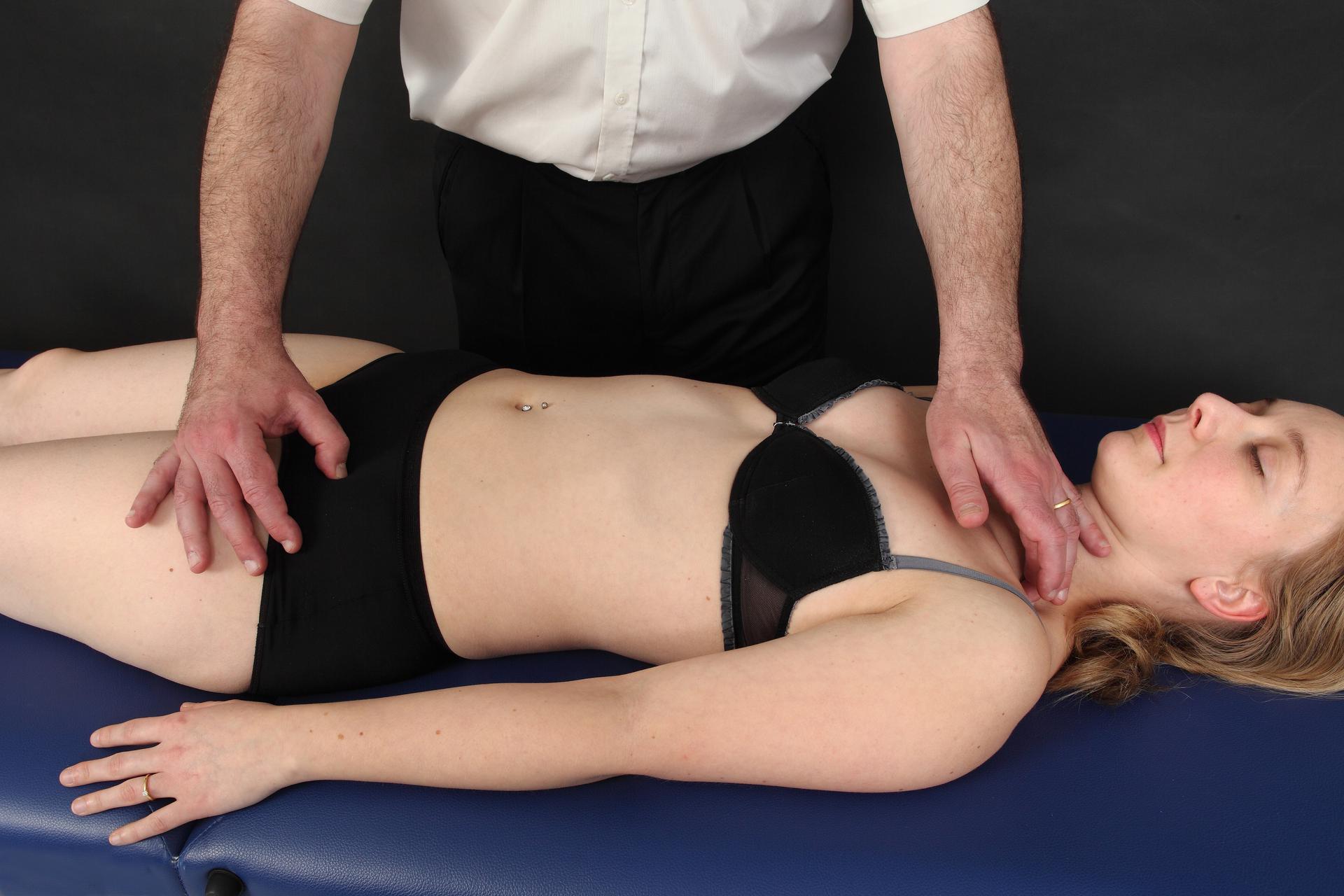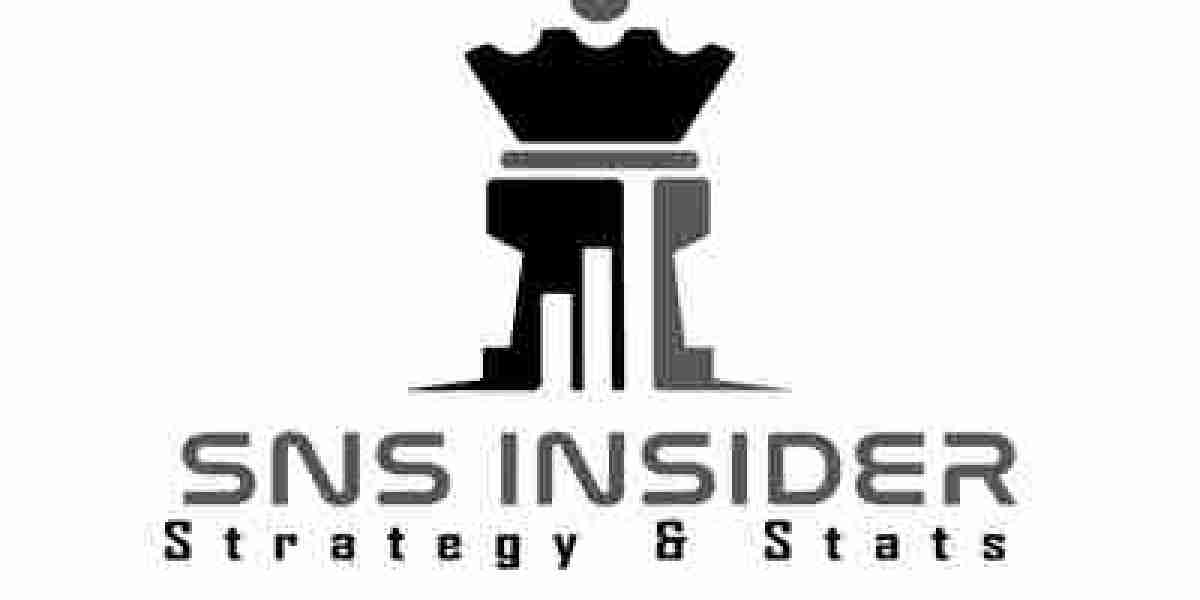As an osteopath and manual therapist, I am dedicated to unraveling the intricate mysteries of the body's architecture and restoring balance to its complex systems. In this article, we explore the principles and practices that underpin the art of osteopathic diagnosis.
A Fusion of Knowledge and Experience
At the heart of osteopathic diagnosis lies a profound understanding of human anatomy and physiology. Drawing upon years of experience, osteopaths possess a keen insight into the subtle interactions of the body's various systems. This expertise enables us to identify and address imbalances and restrictions that may hinder the body's innate ability to heal itself. From the outset of my practice, I have embraced a multidisciplinary approach, integrating classical osteopathic techniques with the latest advancements from related fields.
Harnessing the Power of Scientific Progress
The past three decades have witnessed remarkable strides in scientific understanding, particularly in the realm of musculoskeletal health. Across the globe, experts from diverse specialties have developed effective approaches to diagnosis and treatment. From American and French osteopaths to British and German orthopedists, the collective knowledge of these professionals has enriched the field of osteopathic medicine. By staying abreast of the latest research and innovations, we ensure that our diagnostic methods remain at the forefront of evidence-based practice.
Unraveling Functional Disorders
Central to osteopathic diagnosis is the identification of functional disorders affecting the mobility of various organs and tissues. Whether it be muscles, joints, nerves, tendons, ligaments, or internal organs, any structure can be susceptible to dysfunction. Our diagnostic toolkit encompasses a range of techniques, including mobility tests, stretching assessments, compression evaluations, and meticulous palpation. Through precise structural differentiation, we pinpoint the root cause of dysfunction—a crucial step towards effective treatment.
Targeting Common Dysfunctions
In my online consultation system, I focus on diagnosing and treating a variety of dysfunctions, including:
- Functional joint blockages: Reversible mobility disorders, particularly within spinal joints.
- Myofascial pain: A pervasive cause of discomfort and dysfunction throughout the body.
- Nerve tissue entrapment: Manifested by pain, numbness, burning sensations, or weakness.
- Fascial restrictions: Addressing the interconnected tissue that binds organs and structures together.
- Stress and autonomic nervous system function: Recognizing the profound psychosomatic relationships that influence health and well-being.
Conclusion
Osteopathic diagnosis is both an art and a science—a meticulous process that requires expertise, intuition, and a deep understanding of the human body. By harnessing the power of knowledge, experience, and scientific progress, osteopaths empower patients to embark on a journey towards optimal health and vitality. Join me on this exploration of the body's secrets, as we unlock the keys to holistic well-being through the art of osteopathic diagnosis.









